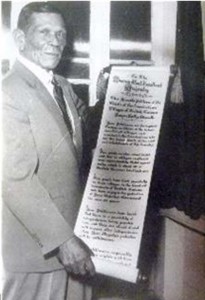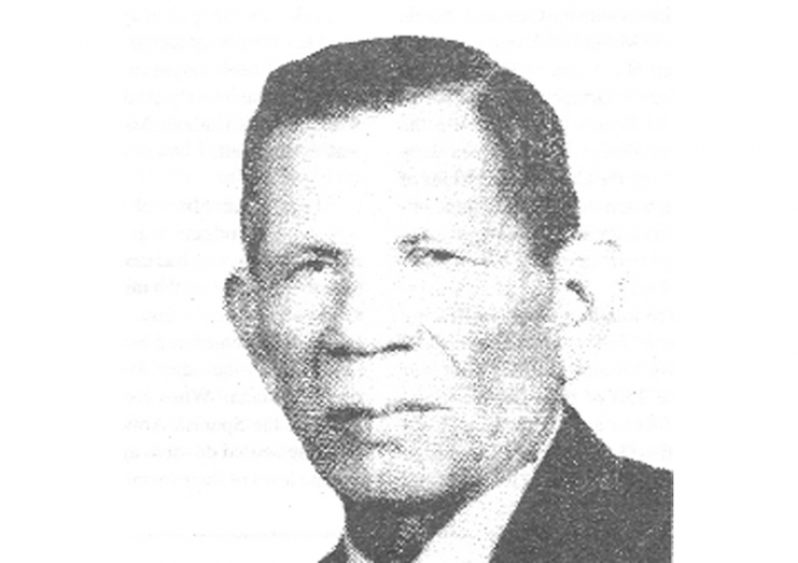– paving the way for the indigenous leaders of today
By Naomi Parris
GUYANA is celebrating Indigenous Heritage Month and although this year’s celebration has been jolted by COVID-19, the Ministry of Amerindian Affairs and several other stakeholders have so far managed to host a number of virtual events within the past few weeks. Guyanese can expect to see even more exciting programmes in the upcoming days.

However, if one were to ask, why was September selected for the recognition of Indigenous Heritage Month, very few might be able to respond competently.
The answer to that question can be summed up in the name of one man, Stephen Campbell.
On December 26, 1897, in Santa Rosa, Moruca, British Guiana, Maria Dos Santos and her husband, Tiburtio Campbell welcomed their baby boy, Stephen Esterban Campbell, who, little did they know, would one day become a legend and hero for many Amerindians and Guyanese.
Unfortunately, neither of his parents lived to see him become a living legend. Following the death of his parents, Campbell, who, belonged to the Arawak Tribe, was raised by his grandmother where he attended the Catholic Santa Rosa Primary School.
There is not much information about him in his teenage years, nevertheless, he was described as a man who never limited his a abilities to naysayers, which led him to become the first Indigenous politician to become a member of the British Guiana Legislative Council that is now called Parliament.
He entered the Council on September 10, 1957; hence, September was chosen to honour the national contribution of Indigenous Guyanese.
HE DID IT ALL
Campbell was the holder of many professional caps. He was a teacher at various villages and settlements, from the Pomeroon to the Rupununi. According to research, his teaching career allowed him to interact with persons of various cultures and beliefs. He worked in bauxite mines and he did farming. His work with common labourers and the difficulties he endured, certainly shaped his views and influenced his activism for education for Indigenous Peoples.
Campbell was at the age of 60 when he entered party politics, joining a party called the National Labour Front (NLF). He was particularly passionate in his fight for equal opportunities for Indigenous Peoples during his tenure as a politician.
AN ADVOCATE FOR HIS PEOPLE

A strong believer in empowerment and self-sufficiency, Campbell fought vigorously during his parliamentary days for educational opportunities and land rights for indigenous communities.
During the colonial days, the then rulers allowed Amerindians to live their life in ‘reservations’, according to their traditions and practices, subject to certain limitations.
However, Amerindians at that time had no formal title of ownership or established legal rights to the lands which they used or where they lived, which saw fear arising when there were talks of then British Guiana becoming an Independent country.
The people feared that after the country gained Independence, whatever rights they enjoyed would have been trampled upon and ignored and the lands on which they lived and built their families on for thousands of years would have been expropriated.
In 1962, Campbell travelled to London to present a petition and lobby the British government for recognition of Amerindian land rights. On that first visit to London, Campbell took with him a petition which was written on a long scroll and signed by dozens of Indigenous leaders of the day. He presented it to the British Secretary of State, Duncan Sandys, in London, after having a private, one-hour meeting with him.
Sadly on May 12, 1966, two weeks before British Guiana gained Independence, Campbell passed away while he was receiving treatment in Canada where he was later laid to rest.
However, the works that he did during his last days made sure that when Guyana attained its Independence on May 26 1966, Indigenous Peoples had legal ownership of land and rights of occupancy and these were embodied in the Independence provisions.




.png)









